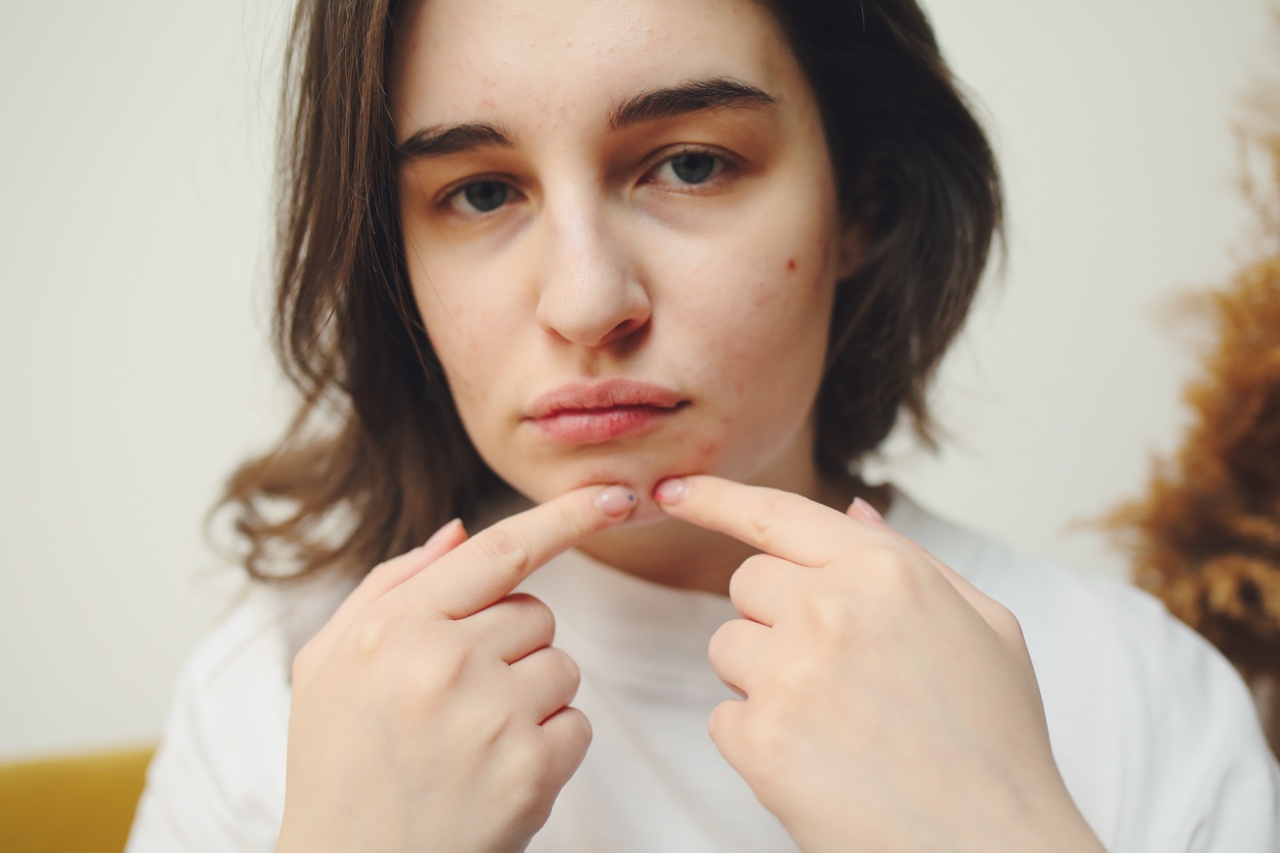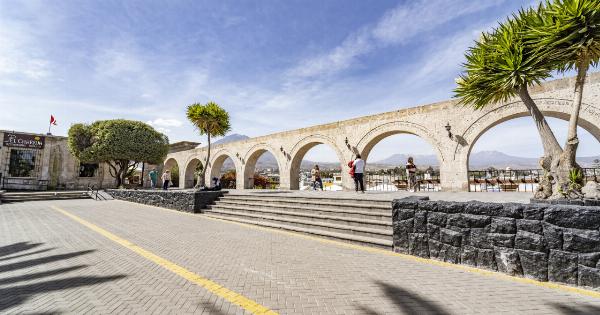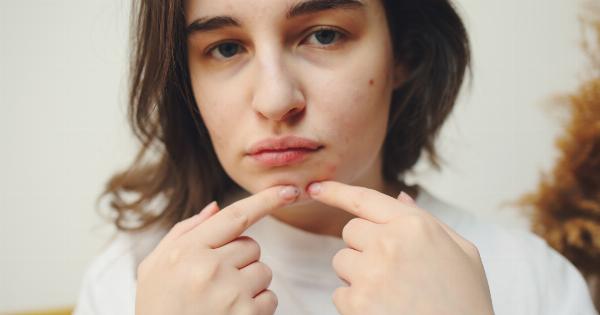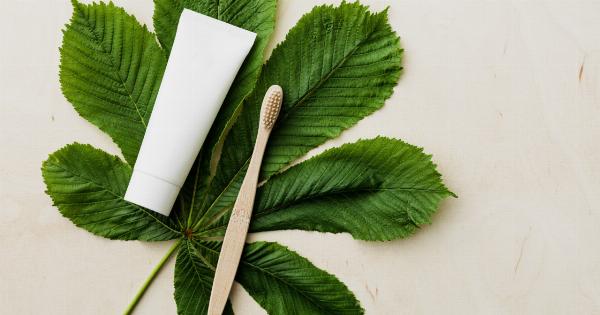Pimples are often seen as a common skin problem that most people experience in their lives. When acne appears, popping and squeezing pimples is sometimes a quick solution to get rid of them.
However, doing this in the wrong area can lead to severe outcomes. A dangerous area, known as the ‘Danger Triangle,” exists on the face, and popping pimples within this region can lead to fatal infections.
Understanding the Danger Triangle
The ‘Danger Triangle’ refers to the area on the face bordered by the bridge of the nose, corners of the mouth, and the upper lip.
The reason this area is referred to as the ‘Danger Triangle’ is that it contains blood vessels that lead directly to your brain. Although the bacteria from pimples on other parts of your face can spread, infections that occur within the ‘Danger Triangle’ can travel directly to the brain, causing severe complications.
The Consequences of Popping Pimples in the Danger Triangle
When you pop a pimple in the ‘Danger Triangle,’ you can create an open wound that is susceptible to the bacteria that result in severe infections. The following are some of the outcomes that occur when you pop pimples in the ‘Danger Triangle’ region:.
Cavernous Sinus Thrombosis
If the bacteria from an infected pimple spreads to the cavernous sinus, an open space situated behind the eye sockets in the skull, it can cause Cavernous Sinus Thrombosis.
This condition causes blood clots to form and can lead to a range of complications, such as facial swelling, a fever caused by infection, and vision changes, and without treatment, it can be fatal.
Meningitis
Meningitis is a life-threatening condition that can arise when the bacteria responsible for pimples in the ‘Danger Triangle’ region infects the lining of the brain.
When the meninges, the protective covering of the brain and spinal cord, becomes inflamed, it can lead to symptoms such as a high fever, headache, stiff neck, photophobia, and, in some cases, hearing loss or even death.
Brain Abscesses
A brain abscess can occur when the bacteria responsible for infected pimples in the ‘Danger Triangle’ spread to the brain.
The infection in the brain can cause an accumulation of pus to form, leading to a potentially life-threatening condition if left untreated. Symptoms of this condition can include fever, headache, nausea and vomiting, seizures, and changes in mental status.
Preventing Infections in the ‘Danger Triangle’
By avoiding squeezing pimples within the ‘Danger Triangle,’ it can eliminate the risk of severe infections. Here are some preventive measures to take:.
Avoid Touching the Face
To avoid the transfer of bacteria from your hands to your face, make sure to keep your hands clean and avoid touching your face whenever possible.
Use Medication
Making use of acne-specific treatments and medications is also a great way to control and avoid pimples and other skin conditions. These treatments include topical creams, gels, or antibiotics, depending on the severity of the infection.
However, the use of medication requires a consultation with a dermatologist or physician.
Leave Pimples Alone
If you have pimples, do not pop them, especially not in the ‘Danger Triangle’ region. Instead, leave them alone until they go away on their own.
Pimples will usually resolve themselves in seven to ten days, and popping them can result in long-term scarring.
Conclusion
The ‘Danger Triangle’ on your face contains vital blood vessels that lead to the brain. Danger lurks within this area, and squeezing or popping pimples within this region can lead to severe infections and even a fatal outcome.
Prevention through keeping your hands clean, using medication, and leaving pimples alone is the best way to avoid severe infections in the ‘Danger Triangle’ region. If you have pimples in this region and are concerned about them, consult a physician or dermatologist for effective treatment options.






























